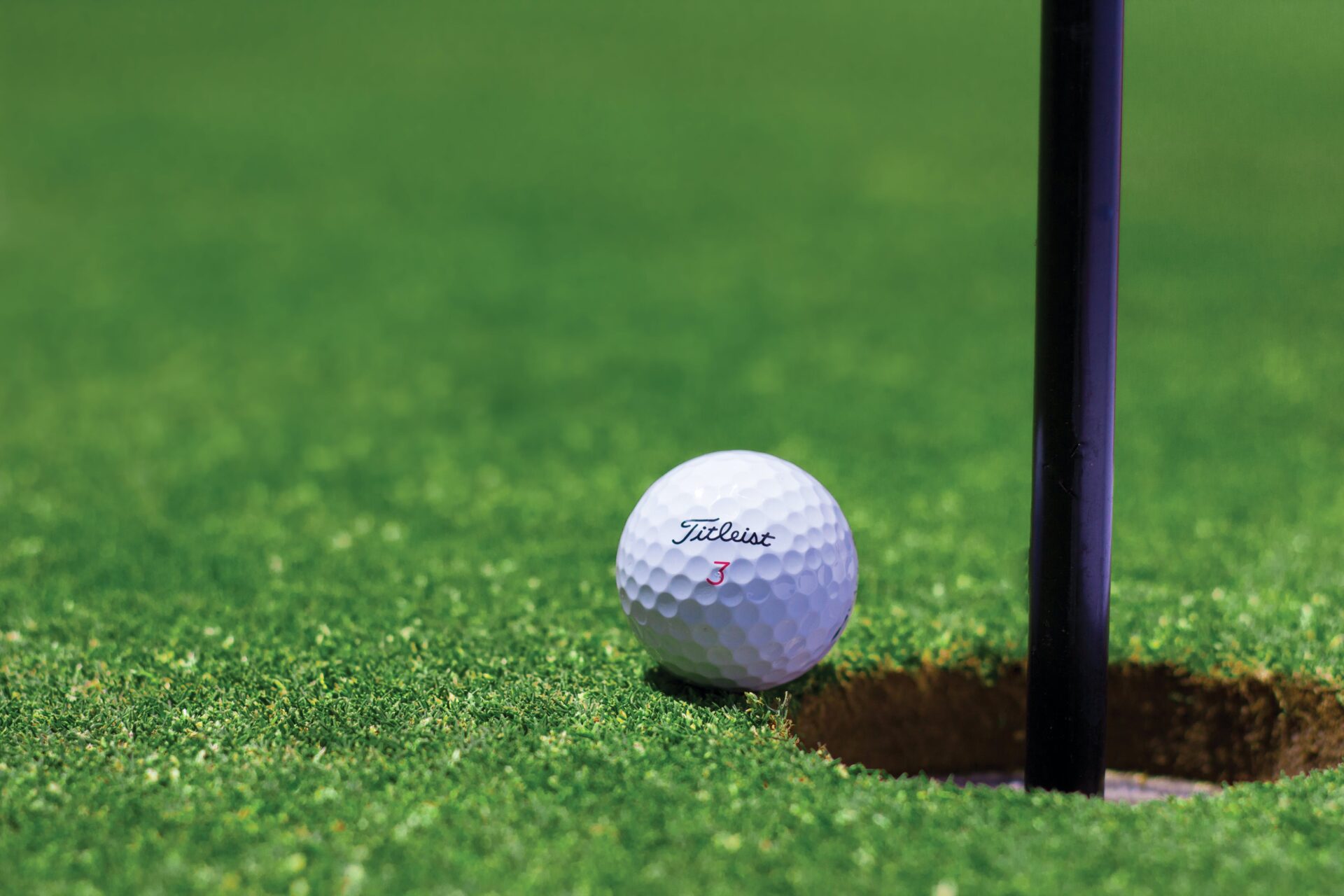Performance Enhanced: Leveraging Ball Dynamics in Sports
Whether it’s the thrill of watching a soccer match or the grace of a tennis player on the court, the dynamics of the ball play a crucial role in enhancing performance in sports. Understanding and leveraging these ball dynamics can have a profound impact on an athlete’s performance, as well as the overall game strategy. Unbeknownst to many, the unique properties of a ball can have a significant influence on the outcome of a match, and being able to harness these properties can mean the difference between victory and defeat.
One key aspect to consider is the bounce of the ball. Each sport has its own ball dynamics, and the way a ball bounces can greatly affect the gameplay. For example, in tennis, the surface of the court and the type of ball used can determine the speed and height of the bounce. This knowledge allows players to adapt their positioning and timing, enabling them to capitalize on the ball’s trajectory. Similarly, in basketball, understanding the bounce and spin of the ball can be the key to making successful passes and precise shots.
Now let’s explore some key takeaways when it comes to leveraging ball dynamics in sports. By understanding the specific characteristics of the ball used in a particular sport, athletes and coaches can make informed decisions on techniques, strategies, and training methods. We will delve into the impact of surface materials on ball behavior, explore the role of air pressure and ball grip, and discuss the significance of ball shape and weight. With these key insights, athletes can unlock their full potential, take advantage of the ball’s unique features, and improve their performance. So, let’s dive deeper into the world of performance-enhancing ball dynamics in sports.
Key Takeaways
1. Ball dynamics play a crucial role in sports performance, impacting the speed, accuracy, and trajectory of the ball’s movement.
2. Understanding and leveraging ball dynamics can enhance athletes’ skills and overall performance in various sports, including soccer, basketball, and tennis.
3. Factors such as ball spin, air resistance, and surface conditions greatly influence ball behavior, necessitating athletes to adapt their techniques accordingly.
4. Utilizing scientific insights into ball dynamics, athletes and coaches can optimize training methods, develop effective strategies, and improve game tactics to gain a competitive edge.
5. Incorporating technology and data analysis enables a more in-depth understanding of ball dynamics, allowing athletes to make data-driven decisions and improve their performance in sports.
Can Ball Dynamics Enhance Performance in Sports?
Understanding Ball Dynamics
In the world of sports, ball dynamics play a crucial role in determining performance and outcomes. The way a ball interacts with various surfaces, its shape, size, and weight, all affect how it moves and responds to external forces. By understanding and leveraging ball dynamics, athletes and coaches can potentially enhance their performance on the field or court.
The Science Behind Ball Dynamics
Ball dynamics involve the principles of physics and engineering. The aerodynamics of a ball, for example, affect its flight path and trajectory. The rotation of a spinning ball creates a phenomenon called the Magnus effect, which can cause the ball to curve or dip mid-air. Additionally, the surface texture of a ball influences its grip, bounce, and overall handling. Coaches and sports scientists study these aspects to gain insights into how to optimize performance through the manipulation of ball dynamics.
Improving Technique and Skill
By understanding ball dynamics, athletes can refine their technique and improve their skill set. For example, in sports like tennis or table tennis, players can adjust their racket angles to exploit the spin and trajectory of the ball. In basketball, understanding the optimal angle and force required to shoot a ball can dramatically improve shooting accuracy. By honing their understanding of ball dynamics, athletes can make precise adjustments in real-time, leading to enhanced performance.
Equipment Design and Innovation
Ball dynamics also drive equipment design and innovation. Sporting brands constantly strive to develop balls that maximize performance while ensuring fairness and safety. By leveraging scientific insights into ball dynamics, manufacturers can tailor the design and materials used in balls to optimize their performance characteristics. This could mean creating a soccer ball that is more aerodynamic, a tennis ball with superior bounce, or a golf ball that generates greater spin.
Training and Conditioning
Ball dynamics can be incorporated into training and conditioning programs to enhance sports performance. By simulating game situations that focus on specific ball dynamics, athletes can develop the necessary skills and muscle memory required to excel during competition. Training drills that involve manipulating the spin, curving trajectory, or unexpected bounces of a ball can help athletes become more adaptable and responsive on the field. By utilizing these specialized training methods, athletes can improve their performance in their respective sports.
Guides to Leverage Ball Dynamics for Performance Enhancement
1. How to analyze and understand the unique dynamics of your sport’s ball.
2. Techniques for adjusting your skills based on the specific behavior of the ball.
3. Strategies for incorporating ball dynamics into your training regimen.
4. The role of equipment design and innovation in optimizing ball dynamics.
5. Tips for translating your knowledge of ball dynamics into a competitive advantage during games.
6. Utilizing sports science to further enhance your understanding of ball dynamics.
7. Building muscle memory for improved instinctual responses to unpredictable ball dynamics.
8. The impact of environmental factors on ball dynamics and how to adapt accordingly.
Frequently Asked Questions
1. How do ball dynamics affect performance in sports?
Ball dynamics play a crucial role in sports performance as they determine factors like velocity, trajectory, and spin. Understanding the physics behind ball dynamics can help athletes optimize their technique and gain a competitive edge.
2. Can improving ball dynamics lead to enhanced performance?
Absolutely! By harnessing the principles of ball dynamics, athletes can manipulate and control the movement of the ball to achieve desired outcomes. Improving ball dynamics can result in more accurate throws, powerful shots, and better overall performance.
3. Are there specific training methods to improve ball dynamics?
Yes, there are various training methods that can help improve ball dynamics. These may include practicing different techniques, focusing on core strength and stability, fine-tuning hand-eye coordination, and studying the science behind ball dynamics.
4. Which sports benefit the most from leveraging ball dynamics?
Most sports involving the use of balls, such as soccer, basketball, tennis, golf, and baseball, can benefit significantly from leveraging ball dynamics. Understanding how the ball behaves and using that knowledge to manipulate its movement can give athletes a performance advantage.
5. How can athletes learn more about ball dynamics?
Athletes can learn more about ball dynamics through various resources, including books, articles, online videos, and even specialized courses or workshops. Seeking guidance from coaches and trainers who have expertise in this area can also be beneficial.
6. What role does equipment play in leveraging ball dynamics?
The type and quality of equipment used can have a significant impact on leveraging ball dynamics. Choosing the right ball for a specific sport, ensuring proper inflation and grip, and considering factors like material and size all contribute to optimizing ball dynamics and performance.
7. Are there any safety concerns related to leveraging ball dynamics?
While leveraging ball dynamics can enhance performance, it is essential to prioritize safety. Athletes should ensure they have proper training, use appropriate protective gear, and be mindful of their surroundings to prevent injuries while manipulating ball dynamics.
8. Can beginners benefit from understanding ball dynamics?
Absolutely! Beginners can benefit from understanding ball dynamics as it provides them with a solid foundation of knowledge. By grasping the basic principles, beginners can start developing their skills and technique more effectively, making it easier to progress in their chosen sport.
9. How can coaches incorporate ball dynamics into training sessions?
Coaches can incorporate ball dynamics into training sessions by designing specific drills and exercises focused on enhancing ball control and manipulation. They can also educate athletes about the scientific aspects behind ball dynamics, enabling them to make more informed decisions during games.
10. How does weather affect ball dynamics in outdoor sports?
Weather conditions, such as wind speed, temperature, and humidity, can significantly impact ball dynamics in outdoor sports. Athletes need to be aware of these factors as they can alter the behavior of the ball during play, requiring adjustments to their technique and strategy.
Final Thoughts
The understanding and leverage of ball dynamics are vital for athletes looking to maximize their performance in sports. By mastering the intricacies of how a ball moves, spins, and reacts to different forces, athletes can unlock a world of possibilities that translate into improved accuracy, power, and control.
A strong foundation in ball dynamics allows athletes to fine-tune their technique, strategize effectively, and adapt to various game situations. The knowledge gained not only enhances their individual skills but also contributes to a more cohesive team performance. Embracing the science behind ball dynamics is the key to unleashing the true potential of sports, taking athleticism to unparalleled heights.




